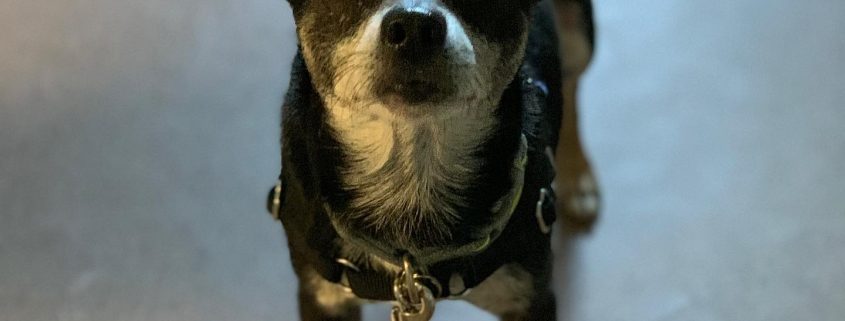SNIP Resumes with Wait
 Our Spay Neuter Incentive Program (SNIP) was able to restart at limited capacity in August. Since that time our staff have been working through the waiting list for appointments that were postponed when the program was suspended in the spring due to COVID-19, and confirming new appointment times as they are available through our provider. The current wait for an appointment is approximately around 2 months. If you are in need of the SNIP services, please fill out an appointment request here. Staff will then reach out when an appointment becomes available (this may take a several weeks and your patience is appreciated).
Our Spay Neuter Incentive Program (SNIP) was able to restart at limited capacity in August. Since that time our staff have been working through the waiting list for appointments that were postponed when the program was suspended in the spring due to COVID-19, and confirming new appointment times as they are available through our provider. The current wait for an appointment is approximately around 2 months. If you are in need of the SNIP services, please fill out an appointment request here. Staff will then reach out when an appointment becomes available (this may take a several weeks and your patience is appreciated).
In the meantime, there are some actions you can take at home to help prevent unplanned animal pregnancies:
- Know what being in heat looks like: A cat usually has her first heat at around 6 months of age, but some can have it as early as 4 months old. During a heat your cat may be more affectionate, rubbing up against furniture, walls and her favorite people. She’ll probably rub with her hindquarters in particular and may frequently display the mating position with her hindquarters and tail raised. The most problematic parts of a heat for an owner are the vocalization and spraying. Cats in heat will howl loudly and constantly as they try to attract a male to mate. They may also spray walls or furniture with strong-smelling urine also in an attempt to indicate their availability to a male. If you have an indoor cat, they may try desperately to get outside, even going as far as attacking windows or doors. Female dogs are “in heat” when they have entered the fertile part of their reproductive cycle. A heat lasts for 3 weeks on average and a dog will usually go into heat every 6 to 8 months. Most breeds have their first heat at about 6 months old but it may be earlier or later. A heat can usually be identified when there is some vulvar bleeding, swelling, or increased urination. Female dogs do not produce very much blood however, and in a small dog you may not even notice the bleeding.
- Keep cats indoors: If you have an indoor or outdoor cat, keeping them inside will help reduce the chances of them engaging in frisky cat behavior! Here are tips on how to keep cats happy inside.
- Keep male and female animals separated: If you own several dogs or cats, you must keep the males separated from the female. This can be done by crating, keeping them in separate rooms, boarding the female or having a friend temporarily keep the male dogs. If you rely on barriers, a double barrier is the best option; in other words, two doors should be shut between them. Not only must you keep the males separate from the female, but you should also keep males separated from one another, because a female’s heat may provoke terrible fights.
- Supervise the Female: Of course, just as the males are eager to meet females, your cat or dog will be eager to meet her admirers. She may whine, pace back and forth near the door, and even howl. Keep an eagle eye on her, as she will attempt to escape.
- Secure your home and yard: It is believed that male dogs can smell a female in heat from as far as a mile away, but possibly even 5 miles away. Fix gaps in fences, secure windows, and make sure doors close properly.
- Keep dogs on a leash all the time: You don’t want your fur-friends running away from you to find other dogs or fight with other dogs (male dogs fight to secure a female) just for the sake of mating.
If you are experiencing behavior problems due to the animal being unaltered, please reach out our Behavior & Training Manager for assistance and advice at (828) 393-5832 or fill out the question submission form here.







